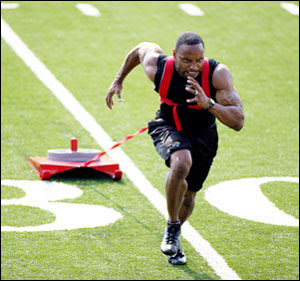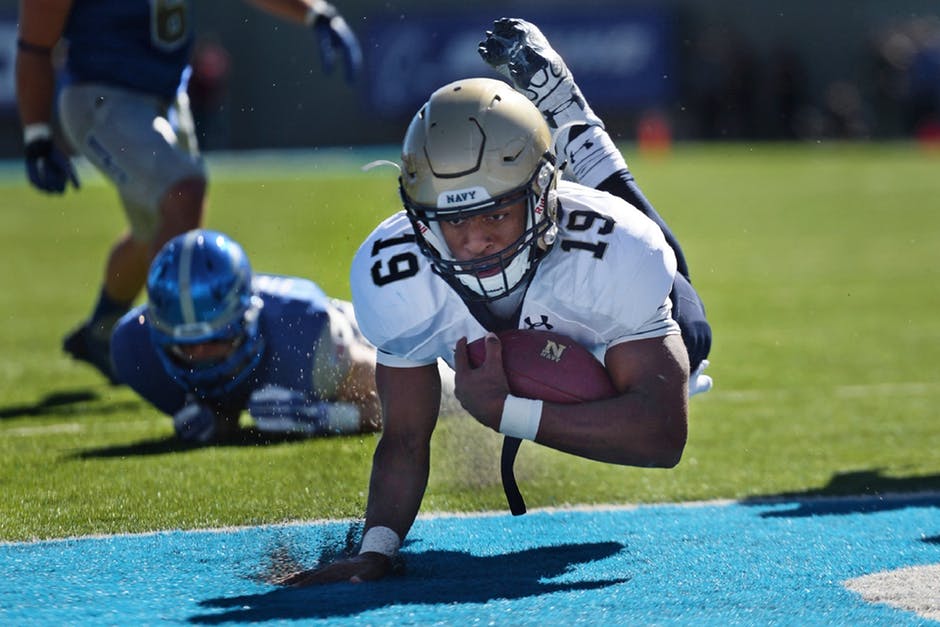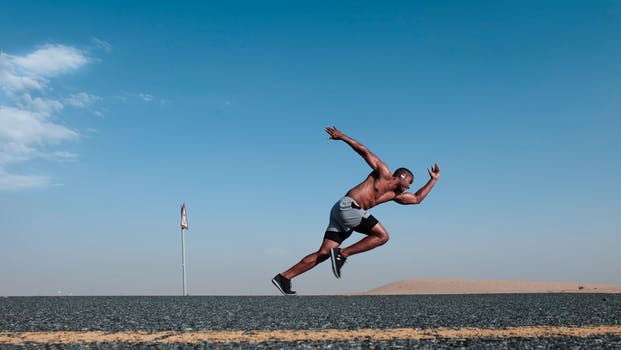Resisted sprinting has been around for awhile. The idea is to add resistance, to make the nervous system recruit more motor units during the sprinting motion, in the hopes that it will carry over to unressited sprinting. There are many ways to add resistance to athletes. Macadam et al, in the Journal of Strength and Conditioning Research, look at an interesting way which is to add the resistance to the athlete’s legs.
The authors studied 19 amateur rugby players and had them perform six 20-meter sprints. Two were with no resistance, two were with three percent of body weight attached to the front of the legs (thighs and shins), and two were with three percent of body weight attached to the rear of the legs (hamstrings and calves).
Results:
- In terms of 10 meter split time, resistance on the front of the legs did not impact the time to sprint to 10 meters. Wearing it on the back of the legs increased the time to reach 10 meters by almost .5%.
- In terms of time to sprint 20 meters, wearing resistance on the front of the legs increased the time by almost .85%. Wearing resistance on the back of the legs increased the time to sprint 20 meters by almost 1.5%.
- Wearing resistance on the front of the legs increased flight time by almost 1.3%, wearing it on the back of the legs increased flight time by over 2.5%.
- Wearing resistance on the legs (front or back) increased contact time by over 3%.
- Stride frequency increased by almost 2.4% with the resistance on the front of the legs, by a little over 2.5% with the resistance on the back of the legs.
- Stride length did not change as a result of wearing resistance.
A few things to keep in mind about the above results. First, I’m looking at steps 3-8. The trends are similar for the first two steps of the 20 meter sprint. Second, none of the above changes are statistically significant except the contact time and stride frequency which are statistically significant from the unloaded condition but not between the two resisted conditions.
Now, this lack of an impact is actually a positive because it would seem to indicate that the resistance does not adversely effect sprinting mechanics. Now, a little more data needs to be collected for me to completely be comfortable with this recommendation. The authors didn’t look at joint/segment angles and force and power are estimated via equations as opposed to being directly measured. So these make me pause before changing my training programs, but I still think the information is very interesting and after seeing a little more this might be a good way to go in order to overload sprinting athletes!
Macadam, P., Simperingham, K.D., and Cronin, J.B. (2017). Acute kinematic and kinetic adaptations to wearable resistance during sprint acceleration. Journal of Strength and Conditioning Research, 31(5), 1297-1304.



